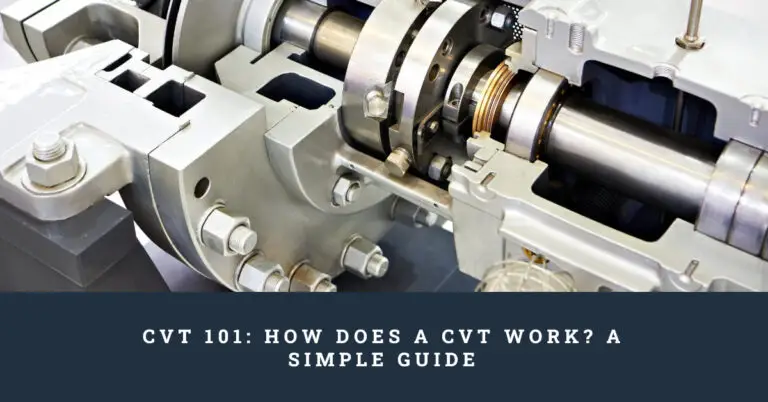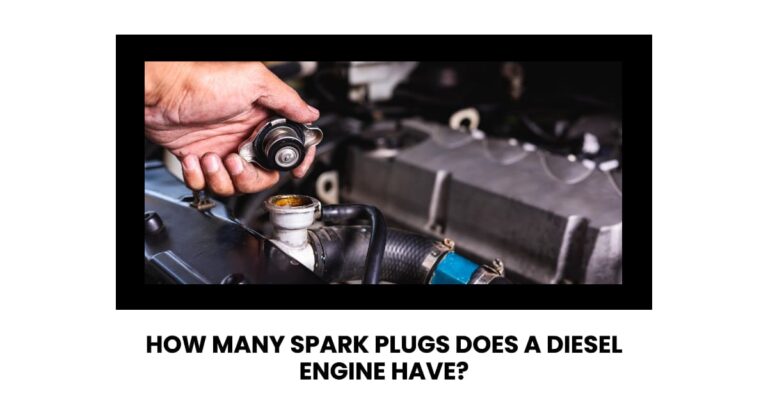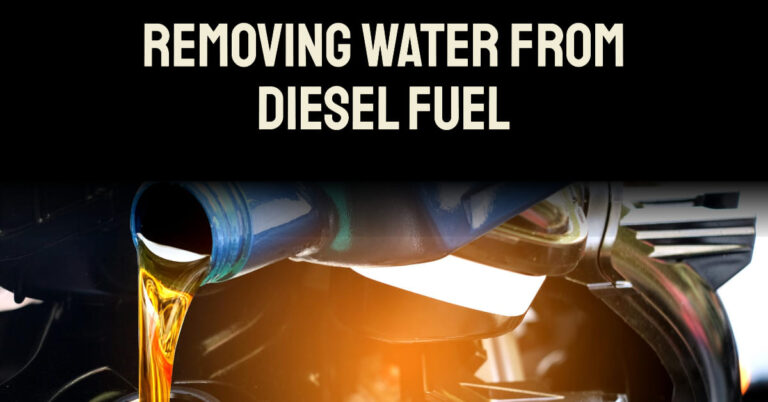Catalytic Converter Replacement Costs in 2024: Also Repairing

Hearing some funky noises under the hood or noticing your gas mileage took a nosedive? Chances are your catalytic converter needs some TLC.
But how much is this gonna cost you? Can you even afford a catalytic converter replacement right now with prices soaring like a teen freed from their parent’s supervision?
Relax, weary motorist. This comprehensive guide has everything you need to know about catalytic converter repair costs, temporary quick fixes, preventing premature failure, and finding the best damn mechanic this side of the Mississippi to get your baby purring again.
We’ll cover:
- What the Heck is a Catalytic Converter Anyway?
- The Brutal Truth on Average Replacement Costs in 2023
- Key Factors That Jack Up Your Price Tag
- Dangerous Effects of Driving With a Kaput Converter
- Cheaper Temporary Solutions to Pass Emissions
- DIY Replacement – Is It Even Possible?
- Protecting Your Ride From Sneaky Cat Thieves
- Finding a Top Notch Mechanic You Can Trust
- Preventing Needing a New One Too Soon
So sip some coffee, cozy up, and get ready to become a catalytic converter cost expert, car fanatic. This ain’t your average repair guide.
Table of Contents
What In The Hay Bale Is A Catalytic Converter Anyway?
Before we dive into the damages of replacing this thang, it helps to understand what it actually does, ya know?
Basically, a catalytic converter is a vital emissions control device that’s part of your car’s exhaust system. It looks like a little muffler tucked up by the engine. Inside is a honeycomb coated with precious metal catalysts like platinum, rhodium and palladium. Fancy shmancy.
Now, as the dirty exhaust gases exit the engine, they flow through this converter honeycomb. The catalysts kick off chemical reactions that transform the toxic gases into less harmful compounds like nitrogen, carbon dioxide and water vapor. Rad, right?
So in simple terms, the cat converter cleans up the crud your engine spits out. This helps your ride meet emissions standards and keeps our skies a little clearer. An all around stand up device.
But when it starts to fail, that’s when the headaches and downright financial misery set in.
Average Catalytic Converter Replacement Costs In 2023
Grab the tissues folks, ’cause these numbers might make you weep.
The average cost to replace a catalytic converter including parts and labor is $400 to $2,500, with most people shelling out around $1,000 to $1,500 give or take to have this repair done at a shop.
Now we ain’t gonna sugar coat it – this sucks.
Other sources put the range even higher from $500 on the low end up to $3,000 or more for some luxury or high performance rides.
But take a deep breath. We’ll get through this together. Let’s break down exactly what makes some replacement costs as high as an elephant’s eye, and how others get off easy as a lil’ daisy.
7 Key Factors That Turn Replacement Costs into a Doggone Nightmare
Like a stray cat in heat, pricing for new catalytic converters can vary wildly. From barely nicking your wallet to bankruptcy-inducing…what gives?
Here’s the key facts making this replacement either a breeze or an F5 tornado to your bank account:
1. Vehicle Make and Model
Some cars just cost more to rouse from the dead. Luxury and European vehicles like BMWs, Audis and Mercedes tend to cost more for parts and labor. Domestic trucks can also be pricier with dual exhaust setups.
Replacing the cat on popular targets for theft like the Prius also hurts thanks to sky-high demand for aftermarket parts.
2. Location, Location, Location
Where you reside in this great nation of ours dictates replacement costs. States with stricter emissions laws like California will be pricier thanks to regulations. Labor rates also fluctuate by region, with big cities costing more.
3. OEM vs Aftermarket Parts
Opting for brand spankin’ new, factory original OEM cats from the dealer often costs 50-100% more than aftermarket parts. But some mechanics stand by the superior quality and longevity of OEM parts. Aftermarket cats can be majorly cheaper yet still functional.
4. Number of Converters
Many modern vehicles actually have 2-3 catalytic converters. Say adios to your savings if you have multiple. More cats equals more ka-ching.
5. Diagnostics and Codes
If your car has multiple emissions codes that require extensive diagnostics to identify the root issue, costs add up quick for the extra labor time.
6. Shop Prices
Dealerships and specialty import shops command higher hourly labor rates, but you pay for their expertise. Independent mechanics are cheaper, if you find a qualified one.
7. Converter Type
Your specific converter configuration also impacts pricing. Reducing vs. non-reducing cats are built differently and priced accordingly.
Add up these factors, and it’s easy to see how replacement costs can swing thousands based on your ride, location and parts.
Now that you’re an expert on pricing, let’s chat dangers of driving on a crap converter. Hold onto your hats.
Can I Drive With A Busted Cat? Dangers And Downsides
When that dreaded check engine light pops on, you may be tempted to delay converter replacement until payday. But is driving with a bad catalytic converter dangerous?
In short – yes ma’am. Waiting too long can spell trouble. Here’s what you risk by procrastinating:
- Failed Emissions Testing: A kaput converter means instant failure for smog checks in most states. No compliance = big fines and registration suspension.
- Poor Fuel Economy: Enjoy pouring more gas down the drain with a faulty converter. Engine inefficiency equals MPG in the toilet until fixed.
- Increased Emissions: Driving sans catalytic converter pumps far more nitrogen oxides, hydrocarbons and carbon monoxide into the air. Not cool for the environment, and probably illegal depending on your area.
- Melting and Fire: Hot exhaust gases can ignite dry grass or melt the converter when misfiring occurs. This can torch your ride and any structures nearby.
- Premature Engine Damage: Without the cat helping cool gases, excess heat can warp cylinders, exhaust valves and spark plugs.
While it’s tempting to delay replacement to save some dough, the risks make fixing it ASAP the smart move. Don’t turn your tailpipe into a four alarm fire hazard!
Now let’s chat cheaper stopgap solutions if you truly can’t afford a new cat yet. Hold onto those last pennies!
Temporary Quick Fixes To Pass Emissions Testing
Alright, so you know putting off your catalytic converter replacement is risky business. But what if you genuinely can’t scrape together $1,000+ right now?
Here are 3 cheaper temporary fixes that may get you through emissions testing until you can afford the full repair:
- Swap The Oxygen Sensors: Sometimes an old oxygen sensor mimics converter failure. Replacing one or both for $100-250 may turn off the check engine light long enough to pass testing.
- Adjustments And Reset: Shops can tweak engine parameters and reset emissions monitors to temporarily mask a bad cat code. A band aid for $50-150 but not guaranteed to work. Verify legality in your area first!
- Exhaust Repairs: Fixing leaks and holes before the converter can potentially reduce failure codes. New gaskets and patches run $150-300.
We don’t recommend these temporary solutions long term, as they don’t address the root problem. But when you’re in a pinch, they may buy you some time. Just don’t ever straight pipe or remove the converter entirely – we’re better than that!
DIY Catalytic Converter Replacement – An Exercise In Frustration
With shop labor rates through the roof, you may be tempted to DIY replace your catalytic converter. Well, we hate to burst your bubble, but this is one repair that is NOT for the faint of heart or ill-equipped. Here’s why:
- You’ll be twisting and turning every which way to access the tightly packed converter up by the engine.
- Removing rusted old bolts and hardware takes finesse, penetrating fluid and just the right tools you probably don’t have laying around the garage.
- Hooking up new oxygen sensors requires a scan tool to calibrate and reset them correctly.
- The risk of injury like crushed fingers or thrown out backs is real. It’s serious business working safely under a jacked up car.
- Without proper jacks, jack stands and knowledge, you’re just asking for trouble.
So while some red-blooded DIYers may relish the challenge, for most folks having a professional replace your catalytic converter is the way to go. Some jobs are best left to the experts.
Catalytic Converter Theft – How to Protect Your Ride From Swindling Scoundrels
Unfortunately catalytic converter theft is spreading like wildfire thanks to skyrocketing resale value of the precious metals inside. Toyota Priuses are top targets, but trucks and SUVs with ground clearance are also at risk.
Since police recovery rates are abysmal, prevention is key to avoid an unexpected replacement. Here are smart tips to deter thieves:
- Park in well lit areas or garages whenever possible. Shady areas attract shady characters.
- Consider installing cameras to catch nefarious activity and help police ID perps. Nothing foils plans like HD video surveillance!
- Alarm systems with motion sensors or glass break detectors can alert you to tampering.
- Etch your VIN number into the metal shell – it may help police positively ID your stolen converter.
- Protect your undercarriage with aftermarket guards, cages or plates that block access.
- Use high temp paints or chemical tags to make stolen cats traceable and less valuable.
- And of course, call the po-po promptly if you observe sketchiness, and always file a report if your converter gets swiped. Don’t let them get away with it!
Fighting catalytic converter theft is crucial to keeping replacement costs in check. Don’t become a victim!
Alright, so you know the costs, risks, and how to avoid replacement…now let’s find the perfect shop to actually get the work done!
Finding the Best Darn Mechanic for Catalytic Converter Replacement
You’ve made it! Time to find a top notch mechanic you can trust quicker than a jackrabbit on a hot greasy griddle.
When asking around for referrals, look for shops with:
- Stellar online reviews. Do people consistently rave about their service? Steer clear of any spotty ratings.
- ASE “Blue Seal” and other certifications. This demonstrates the techs have up to date training for emissions repairs.
- Specific converter experience. Ask if they tackle several replacements weekly. Familiarity is key.
- Fair pricing transparency. Do they provide quotes over the phone and online? Hidden fees or balking are red flags.
- Strong attention to customer service. Do they take time to explain repairs and address all questions?
- Expertise with your vehicle make. OEM trained dealership and import specialists know your car best, though pricier.
- Independent shops can also do quality work for less, if you find a well qualified one. Dig those heels in researching!
Finding the right shop can make or break your replacement experience and budget. So do diligent digging to discover that golden mechanic diamond in the rough.
How to Prevent Needing Premature Catalytic Converter Replacement?
There’s one surefire way to avoid the cost and headache of early catalytic converter failure – proactive maintenance and care. Here are tips to dramatically extend the life of your converter:
- Use top tier gasoline brands like Chevron, Shell, or Phillips 66. The extra detergents help minimize performance-robbing carbon buildup.
- Fix any oil leaks ASAP. Oil contamination can poison the catalyst coating, rendering it ineffective.
- Address cooling system leaks promptly for the same reason. Antifreeze and coolant contain chemicals that damage catalytic converters when introduced to the exhaust stream.
- Never ignore engine issues like misfires, rough running, or the dreaded check engine light. Diagnose and repair underlying problems immediately to prevent converter damage.
- Follow your vehicle’s maintenance schedule diligently, especially for tune ups, oil changes, spark plugs and O2 sensors. Keeping your engine running optimally reduces converter stress.
- Let your engine warm up thoroughly before aggressive acceleration or towing. The thermal shock of flooring a cold engine can crack the ceramic honeycomb core.
- Gentle acceleration and avoiding leaded or heavily ethanol blended fuels can also help your converter go the distance. Not all miles are equal. Prioritize highway over stop-and-go traffic.
An ounce of prevention is truly worth a pound of cure when it comes to catalytic converter lifespan. Do it right from the start, and you may never need to shell out for premature replacement.
The Bottom Line
There you have it – everything you could possibly need to know about catalytic converter replacement costs, repairs, maintenance and more.
While the price tag for a new catalytic converter can be a budget bomb ranging $500 to $3,000+ in some cases, fixing problems early and choosing the right shop can lessen the damage.
Hopefully now you feel empowered to make the best decisions for your ride, wallet and the environment when converter issues rear their ugly head. Just breathe through the pain at the pump together, and get your baby back to purring.
We’ll get through these tough times one converter at a time. Godspeed, motorists!







